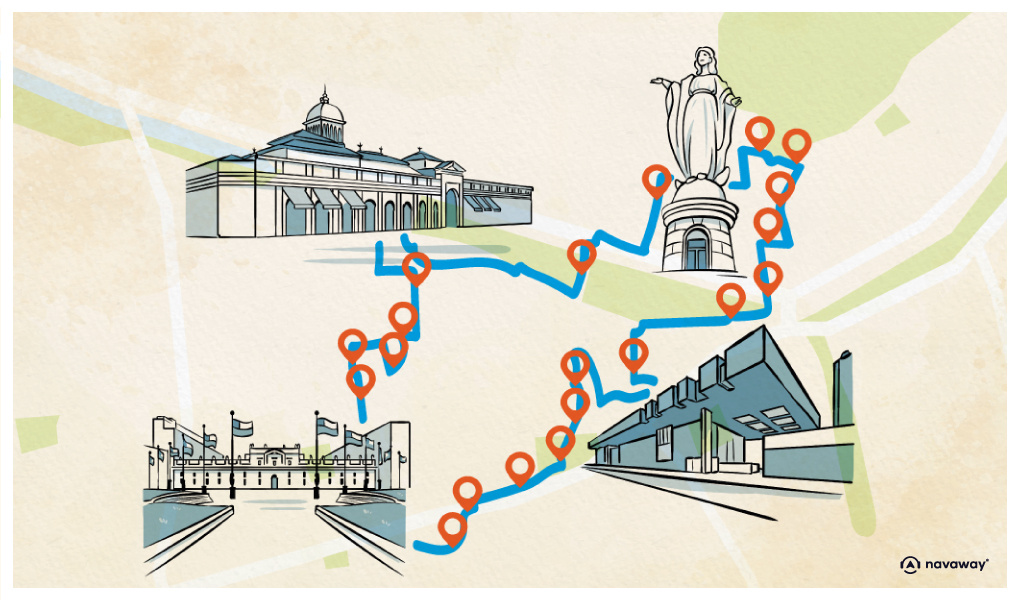
Plaza de Armas
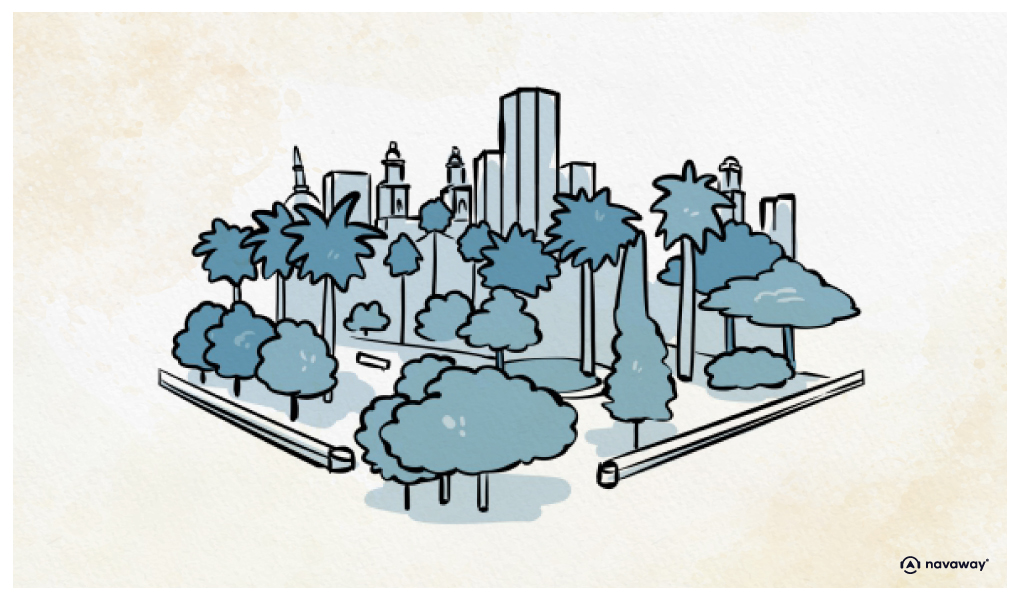
This point of interest is available as audio on the tour: Visit Santiago, Between Ocean and Andes
Welcome to Santiago’s Plaza de Armas. Like many major cities in South America, Santiago has its own “Plaza de Armas” right at the heart of the old town. These squares were laid out by the Spanish conquistadors to concentrate all the key powers of the time in one place. You’ll usually find the cathedral and the cabildo—the old colonial administration building—just like in Spanish cities. They were originally called Plaza Mayor, but many were turned into military strongholds after indigenous uprisings, and the name “Plaza de Armas,” or “Weapons Square,” stuck. In Santiago, this square is where it all began. You’re standing at kilometer zero, the exact spot where Pedro de Valdivia founded the city—Santiago del Nuevo Extremo—on February 12, 1541. From here, the town planner began mapping out the first 18 city blocks and dividing the land and farmland among the Spanish who had taken part in the conquest. The Plaza quickly became the city’s main hub—for politics, religion, trade, and public life. In the middle stood the gallows, a harsh symbol of royal justice. Today, you’ll see a marble statue dating back to 1827 called the Monument to American Liberty. It shows a woman breaking the chains of an Indigenous slave, and at its base are scenes from the Latin American wars of independence. Look around and you’ll also spot a striking sculpture: a fragmented stone face beside an egg from which a seed is sprouting. It’s a tribute to the Indigenous peoples—a symbol of life, survival, and resilience. This square is a snapshot of Chile’s past, but also of its future. In 2010, during the country’s bicentennial celebrations, a time capsule was buried beneath the square. It’s meant to be opened in 2110, on the tricentennial, to send a message from the past to the Chileans of the future. Inside the stainless steel capsule are everyday objects and pieces of pop culture selected by the public in an online vote—like the most iconic football player of the time, the official bicentennial song, and more. The Mapuche, Aymara, and Quechua communities also contributed. They submitted texts in their native languages to share their views on present-day Chile and their hopes for the future. Altogether, over 7,000 messages were collected, along with 240 traditional recipes, newspaper front pages from 2010, and even a voice recording from the 33 miners who were famously trapped underground for 69 days after a mine collapse. Future generations will open the capsule to discover all sorts of things: old movie DVDs, books, bus tickets, seeds, postage stamps—simple everyday items that will feel like buried treasure a hundred years from now. It’s a moving project, and a reminder to think about the traces we leave behind, and the legacy we want to offer to those who’ll come after us.

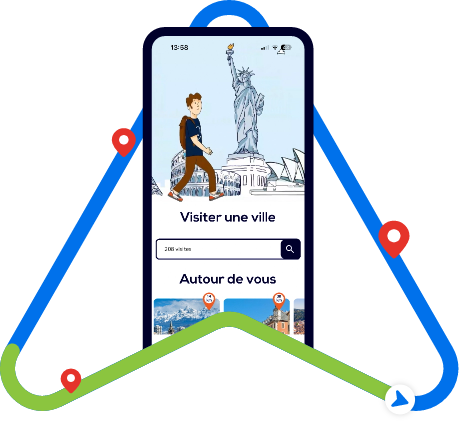
Discover Santiago with app
An interactive guide through the most beautiful streets, squares, and districts
26 fun audioguides full of historical facts, anecdotes, and legends
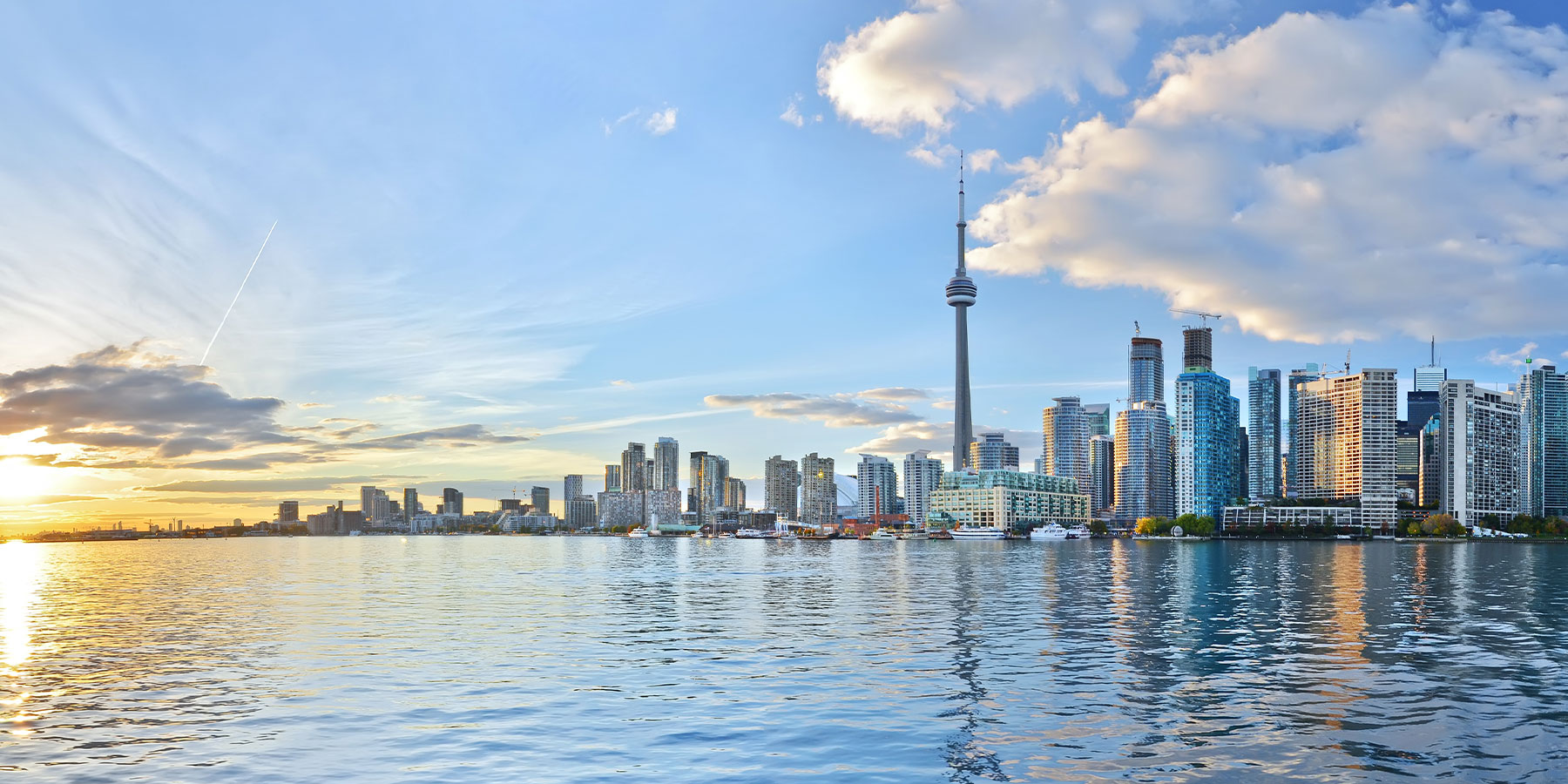
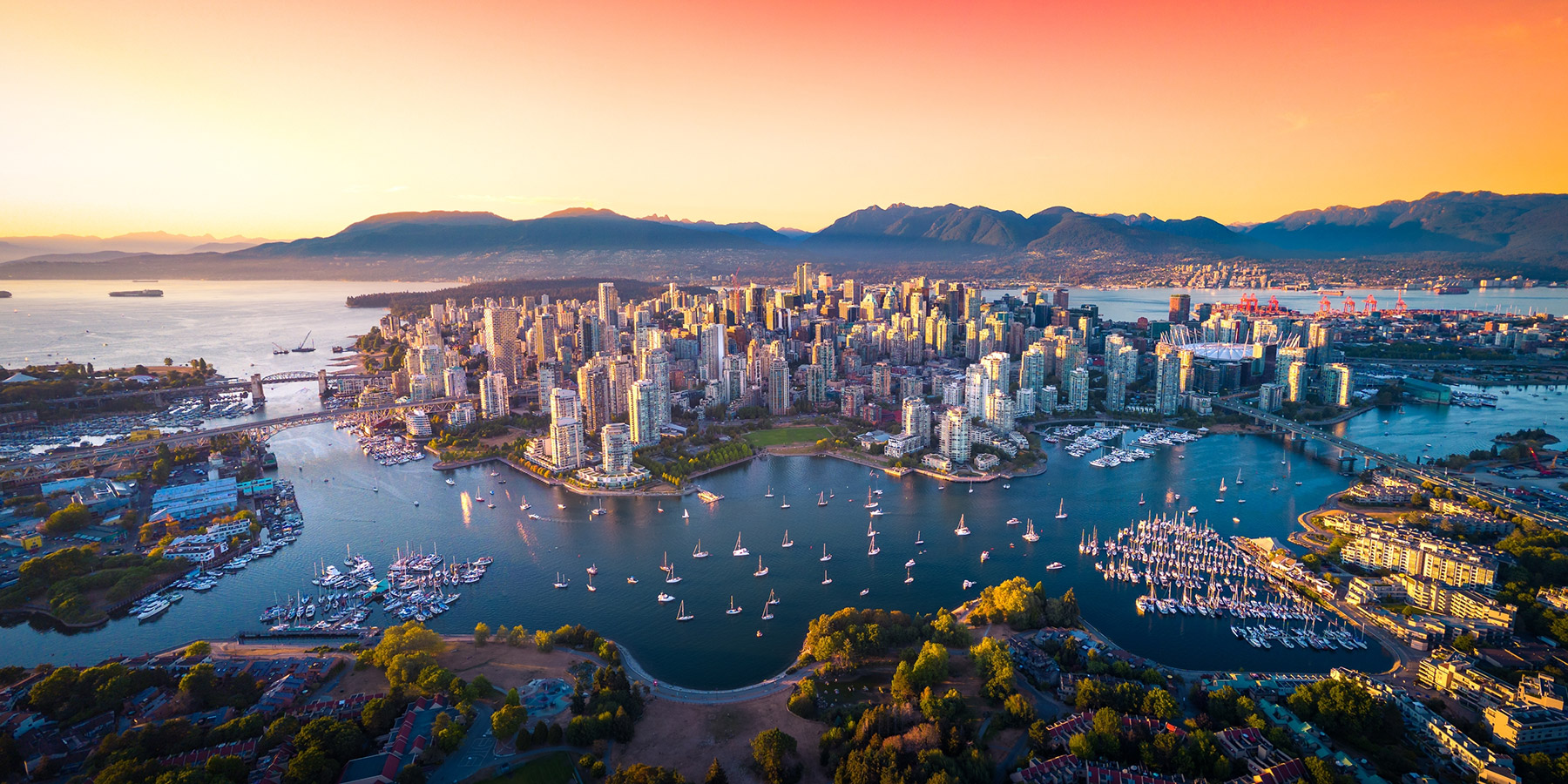
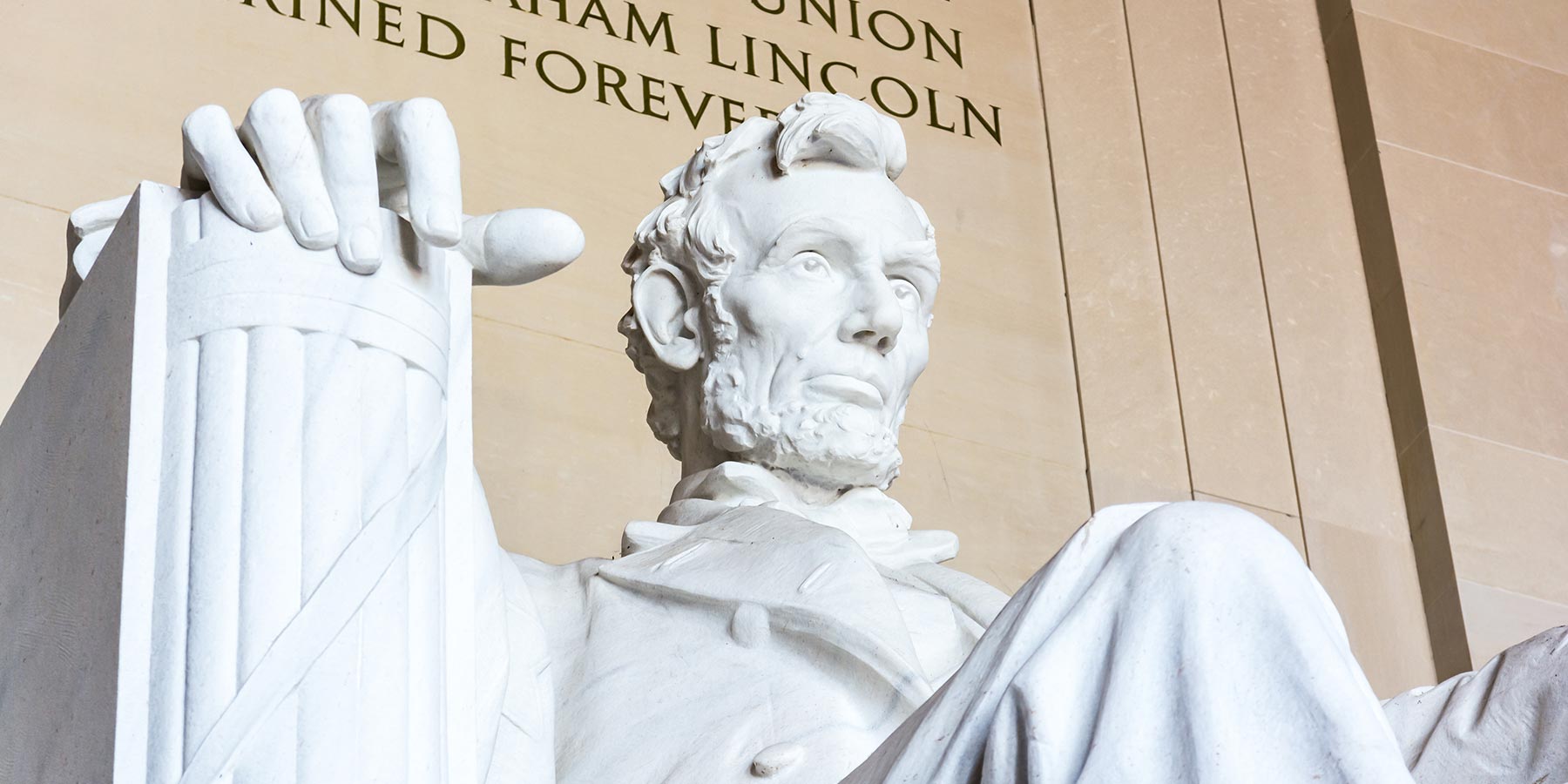
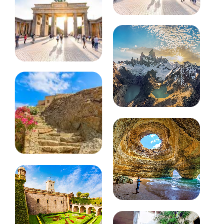

Comments